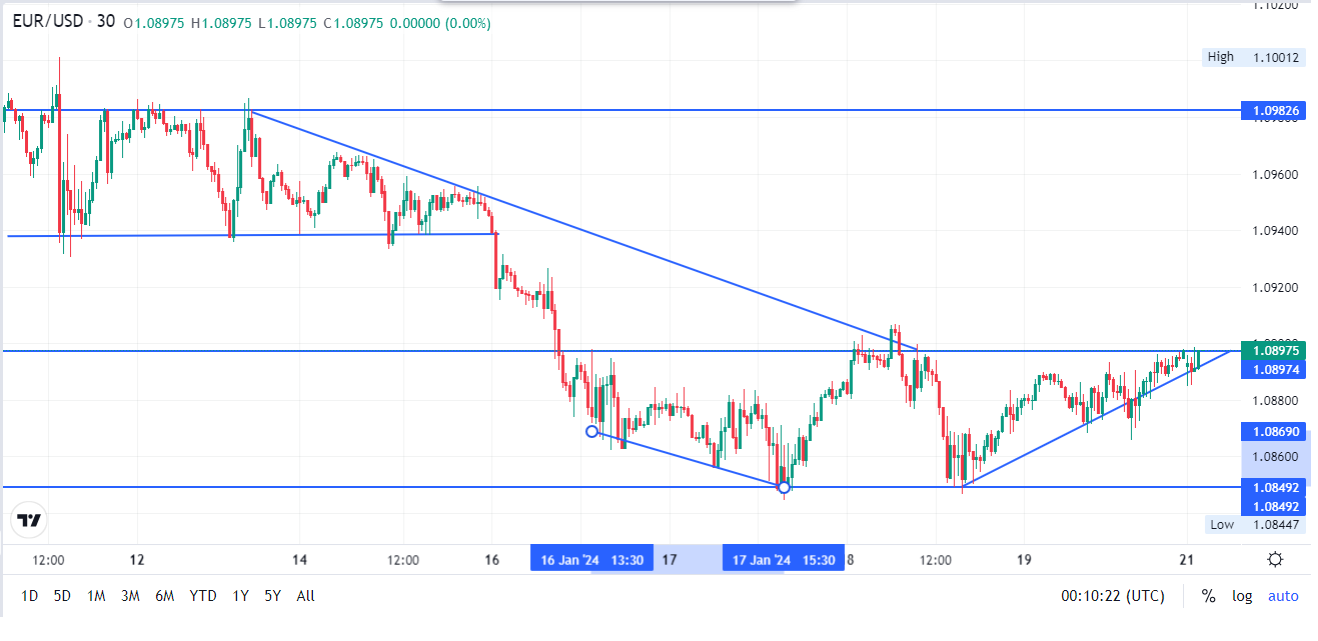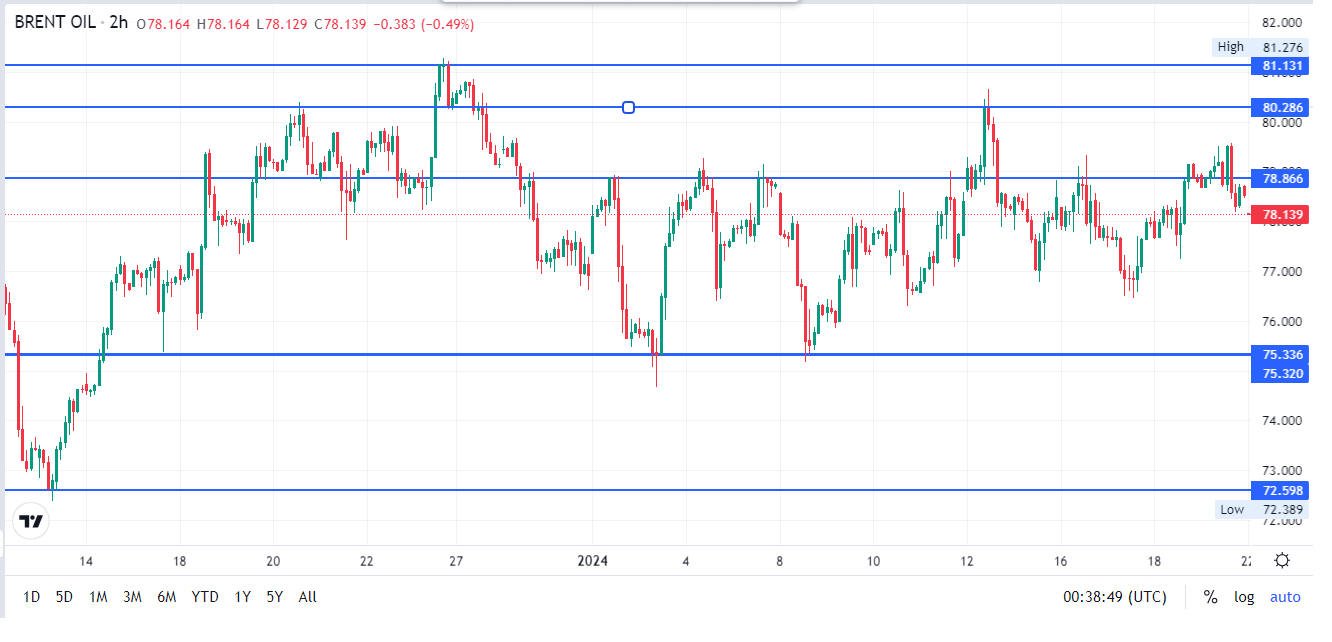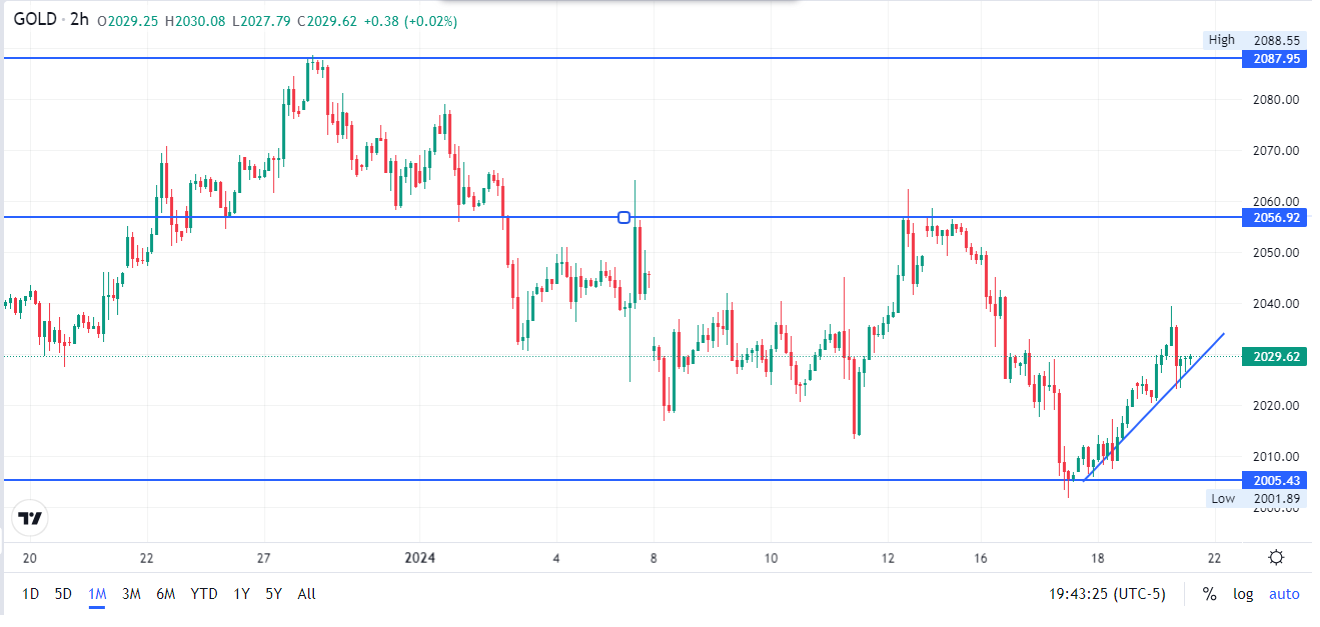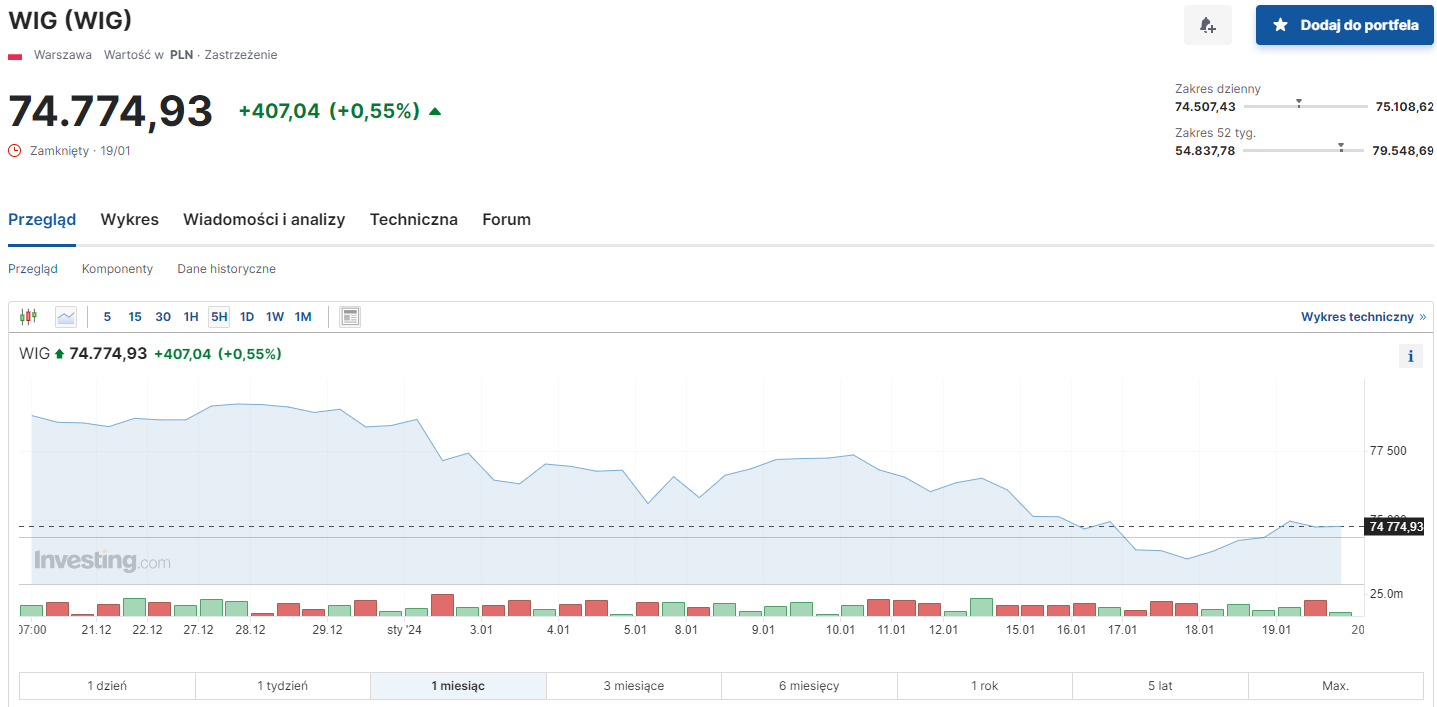Market summary according to AFORTI: budget act, NBP problems and EU funds
The last week in Poland was spent waiting for the adoption of the budget and inflation data. The budget presented in 2023 by the previous government was, of course, changed and the final version adopted in the Sejm assumes a record budget of PLN 184 billion. This includes revenues of PLN 682 billion and expenses of PLN 866 billion. The finance sector deficit will amount to 5.1%. The next step is the adoption of the document by the Senate, which will take place at the next meeting of the Upper House of Parliament on January 25-25. We do not expect any surprises here, so the next step is to submit the budget for signature by the President and meet the deadline - by the end of January. Initial announcements coming from the presidential palace say that the document will be initialed. There are emerging signals that it would be possible to transfer the budget to the Constitutional Tribunal - however, this does not change the fact that the statutory deadline has been met. Let us also add that examining the compliance of the budget with the Constitution does not stop the functioning of the government and the implementation of financial policy - because the government then uses budget assumptions and the continuity of functioning is not disturbed. According to the Constitution, if the budget is referred to the Constitutional Tribunal, it has 2 months to comment on the matter.
Returning to the high deficit - the increased expenses are influenced by the declared raises for teachers, which were declared at the level of 30%. This is the implementation of the declaration from the election campaign, but also an element of planned changes in education, which was experiencing a very difficult financial and, consequently, staffing situation. At the same time, compared to the previous budget-related acts, there were numerous shifts - the most emotional of which was the transfer of funds from the financing for TVP to pediatric oncology. Of course, the list of changes is very large and also includes reestimations of the expenses of many budgetary institutions (including the Supreme Audit Office, the Institute of National Remembrance).
The situation is also overshadowed by the results of the National Bank of Poland, which during the election period, in August 2023, through the President of the NBP, declared to increase the budget with a profit of PLN 6 billion. Meanwhile, it turned out that the loss of our central bank reached a staggering and record-breaking PLN 27 billion. The bank's authorities explain this by the rapid strengthening of the zloty, but this is the second year in a row that NBP has recorded a loss. Let us recall that 2022 ended with a loss for NBP of approximately PLN 16 billion, compared to a profit of PLN 10 billion in 2021.
To offset the bad news from the National Bank of Poland, last weekend there was very good news that the European Union recognized that the conditions for the release of funds from the structural funds had been met. The total amount allocated for the period 2021-2027 is EUR 76 billion. Let us recall that these funds were blocked in their entirety in 2022 due to Poland's failure to meet the conditions. The entire EU budget for these years is over EUR 1.2 trillion, of which the part relating to cohesion policy is EUR 430 billion. Poland has the largest share in this cake, and the funds will flow from the Structural Funds are funds for the implementation of the EU cohesion policy, more precisely: the European Regional Development Fund, the European Social Fund, the Cohesion Fund, the European Maritime, Fisheries and Aquaculture Fund, Just Transition Fund.
It should be emphasized that these are not funds from the National Reconstruction Plan (National Reconstruction Plan), from which Poland has declared revenues of EUR 60 billion. The amount consists of approximately EUR 25.5 billion of non-repayable subsidies, and the rest of EUR 34.5 billion is low-interest loans (below market rates). So far, we have received EUR 5 billion of this amount, the so-called The undisputed amount received at the end of 2023. Everything else will be launched only after meeting milestones, including those related to the rule of law. Let us recall that this issue was the main axis of the conflict between Poland and the European Union.
Last week, we also learned about the inflation rate for December 2023. The Central Statistical Office reported that the value was 6.2% y/y, which was higher than the initial estimates of 6.1% y/y. This is another month of declines, and as we mentioned last week, further declines may bring values around 3.5% at the end of the first half of 2024. However, economists clearly indicate that the 3rd and 4th quarter may bring a rebound and another rapid increase in inflation - up to 8%. This is an effect that will bring about the end of the protective period with zero VAT on food and the end of electricity subsidies. So can we expect interest rates in Poland to be lowered? We can probably expect changes - but they will probably not exceed the total level of 50 basis points - spread over 2 decisions of 25 basis points each. Will it happen quickly? Here, we rather assess the possibility of changes only in the second half of the year.
Looking at global information, we mainly observed changes in interest rate levels and a cooling of enthusiasm for stock market investments. We mainly observed data from the US market, where 10-year bonds rebounded above 4% and the dollar was gaining as a result. At the same time, the European bond market also increased, but at levels half as high - as for the German economy - where 10-year "Bunds" are around 2.2%, the American economy showed that it was coping better in the current economic situation. Of course, doubts immediately arose as to whether the Fed would lower interest rates in such a situation. Due to the initial certainty about the changes, investors have adjusted their expectations and now they estimate it at "fifty/fifty" - i.e. half and half. The so-called end of the curve at the long end of bonds is currently showing a strong steepening and for 30-year bonds an increase of 35 basis points since the beginning of the year means great interest in investing in US debt securities. This is also the result of growing consumer demand and industrial production, supported by good data from the labor market.
At the same time, we observed an increase in inflation in the Euro zone - which increased from 2.4% in November to 2.9% y/y in December. This shows that the ECB is still above the inflation target, which is defined at 2%. The price increase was mainly driven by consumer factors - food, services. At the same time, core inflation, which excludes these factors, dropped by 0.2 points to 3.4%, which may be somewhat optimistic.
As for the currency, we saw a sharp weakening of the Polish zloty against all currencies. The corridors and "range trading" we assumed were quickly and violently broken and the zloty was clearly sold and foreign currencies were bought. Since there was no fundamental data that could explain such a change, we estimate that the NBP may have been active on the market and wanted to reduce the loss on currency valuation or a large investment purchase was going through the market. However, everything points to the activity of the central bank, as temporary declines and the sale of currencies by exporters were quickly compensated. We had such a situation until Thursday, when the weakening of the zloty lost its momentum, and at the end of the week the zloty began to regain strength quite rapidly. After breaking EUR/PLN 4.3700, we saw a sharp attack on the psychological resistance level of EUR/PLN 4.4000. A few small corrections and the zloty finally rebounded from the EUR/PLN level of 4.4080. Finally, we ended the week slightly above EUR/PLN 4.3500. Looking at such high volatility - of the order of 6 groszy up and then down, one can clearly take into account the actions of the NBP.
The question is how the zloty will react to the common currency next week - especially since we are opening the week at the same level as last week. As a precaution, we should consider whether we can expect such a sudden move again in the coming week. However, we suspect that the EUR/PLN level of 4.3400-4.3800 after such a violent previous week may be expected on the market as a calming down of trade in the currency.
EUR/PLN over the last 7 days

Looking at the US currency, the dollar also gained strongly, moving 10 cents up. While in the above-mentioned common European currency we had a volatility of 6 groszy, here the effect of the change on EUR/USD was 1 figure, which translates into an additional 4 groszy correction.
Thus, USD/PLN starting from the level of 3.9600 at the beginning of the week - on Thursday it was quoted at EUR/PLN 4.0600. Consequently, the strengthening zloty caused the USD/PLN to be valued at approximately 3.9970, realizing these 4 grosz changes from the EUR/USD correction. Here we also expect some calming down, so trading on USD/PLN should be carried out in the range of 3.9800-4.0200.
USD/PLN over the last 7 days

The above-mentioned EUR/USD quotations from the initial levels reaching EUR/USD 1.1000, we observed a strong correction to around 1.0850. The dollar was gaining due to the above-mentioned macroeconomic data readings, which were better than those in Europe. Currently, we do not expect that there will be a strong break above the resistance at EUR/USD 1.0900, much less a return to the area of 1.1000.
EUR/USD over the last 7 days

A brief look at the commodity markets - especially BRENT crude oil. Price turmoil is invariably caused by the prolonged conflict in the Gaza Strip and concerns about the conflict spreading to the region, but also by airstrikes by US and British troops on Houthi rebel positions in Yemen. This was a reaction to attacks on merchant ships passing through the Red Sea on the trade route through the Suez Canal. Additionally, it is worth mentioning that special discounts for the Chinese economy were offered by countries from the Persian Gulf region.
BRENT crude oil – last month USD/barrel

Gold – remains an attractive asset, although after a correction towards the strong support level of USD 2,000/ounce it has started to gain again.

Finally, a short look at the stock markets. We experienced declines on global markets, which also affected our WSE. Last week brought a correction of almost 2% on both WIG and WIG 20. Compared to the end of the year with a level of almost 80,000 on the WIG index, the drop to around 75,000 is a solid correction. WIG 20 is currently 2,400 compared to 2,380 at the end of 2023. Taking into account rising bond yields, we may have a temporary cooling of risk appetite.

Szymon Jańczak
Director of the Treasury
Department
AFORTI.BIZ

